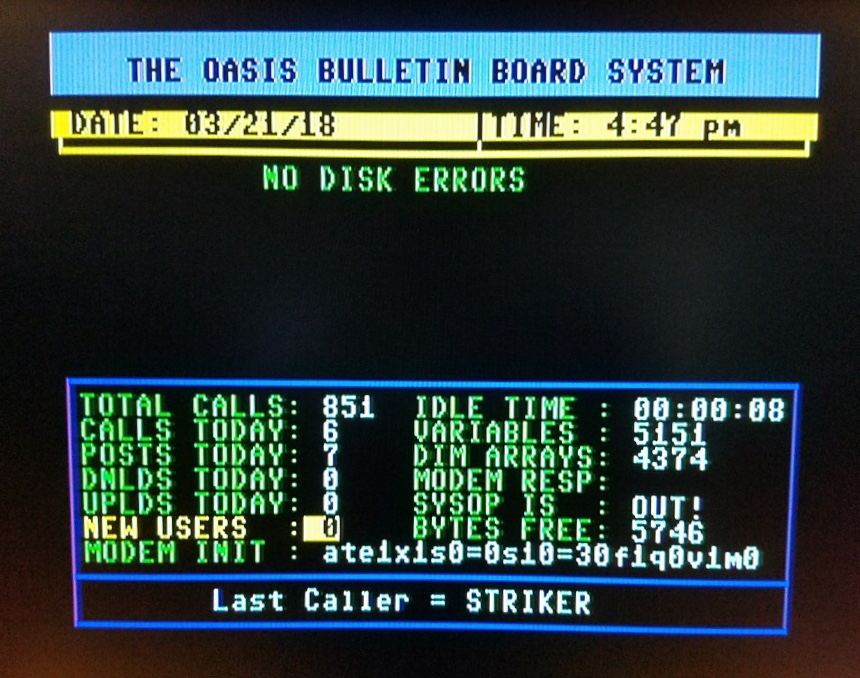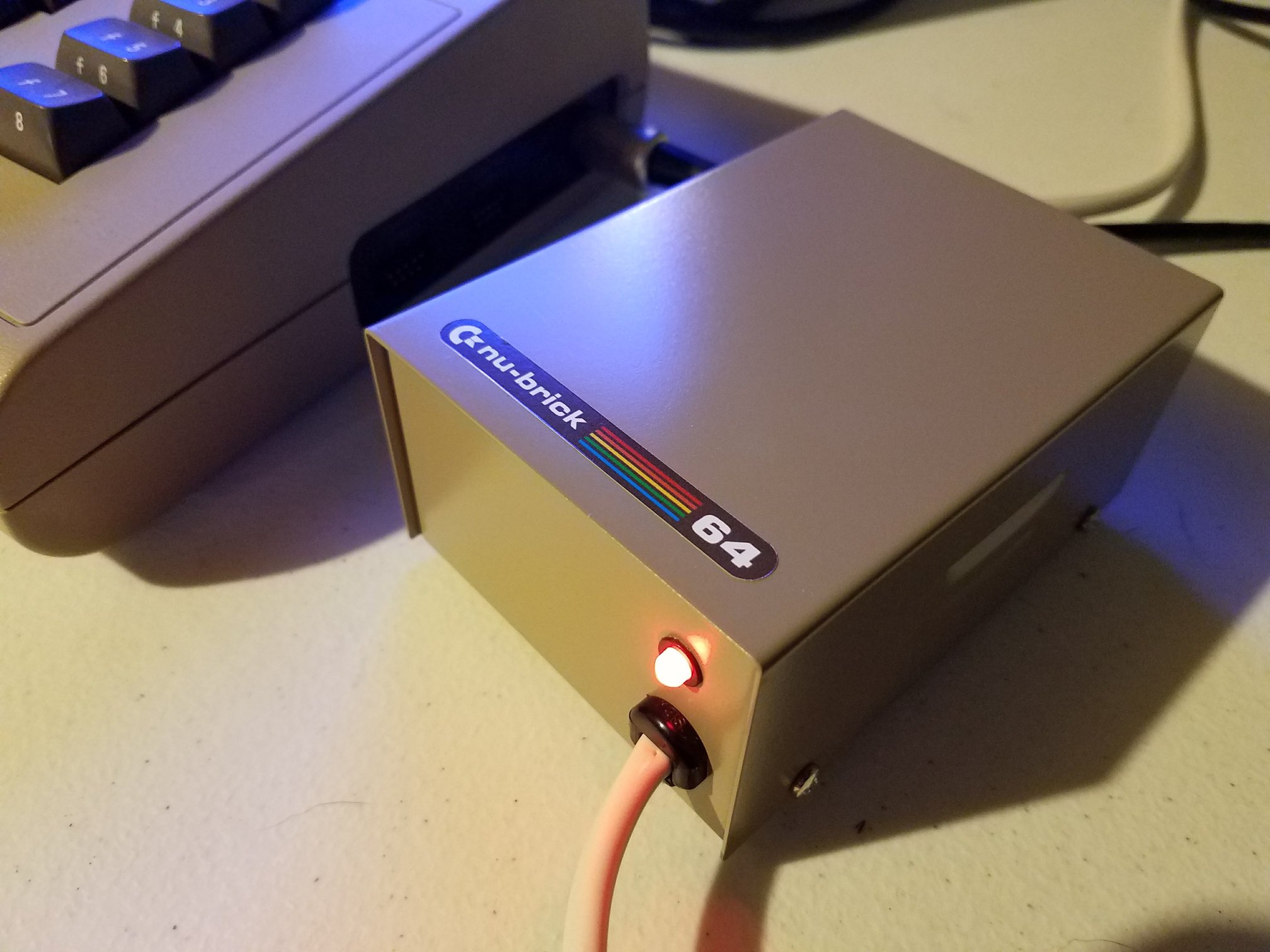Jestin Stoffel returns with a new video that takes a practical approach to setting up a Commander X16 Assembly project on a modern computer. The Commander X16, a modern retro computer, continues to attract hobbyists eager to create new 8-bit games. However, many first-time developers feel overwhelmed by assembly language and the project setup process. Jestin’s video clears up the confusion by showing just how approachable the workflow can be.
He begins by explaining that 65C02 assembly isn’t complex—it’s simply repetitive. Compared to modern programming languages, the instruction set is refreshingly compact. In this tutorial, Jestin recreates his earlier “Hello World” program, this time on Linux, though the same setup works for Windows and macOS. Using tools like CC65, GNU Make, and a text editor, he builds the foundation for efficient Commander X16 Assembly development.
The video walks through defining memory locations, using assembler macros, and writing routines that communicate directly with the X16’s ROM functions. Jestin emphasizes how important it is to understand memory segments and shows how to create a simple print loop in assembly to display text on screen.
From there, he introduces the Makefile system, a powerful yet simple automation tool that speeds up testing and iteration. With “make run,” developers can compile and execute their programs instantly in the X16 emulator. By the end, viewers have a streamlined workflow ready for real game development.
This Commander X16 Assembly tutorial bridges the gap between curiosity and creation. It makes assembly approachable, logical, and surprisingly fun for anyone ready to code like it’s 1985 again.







